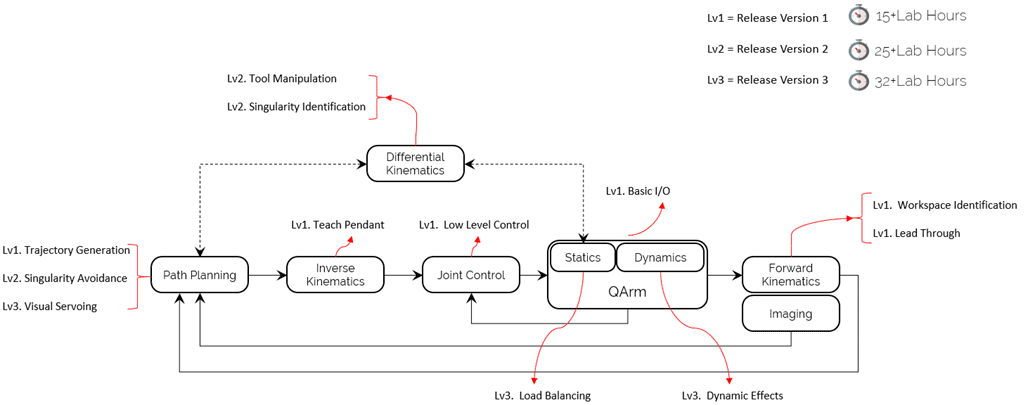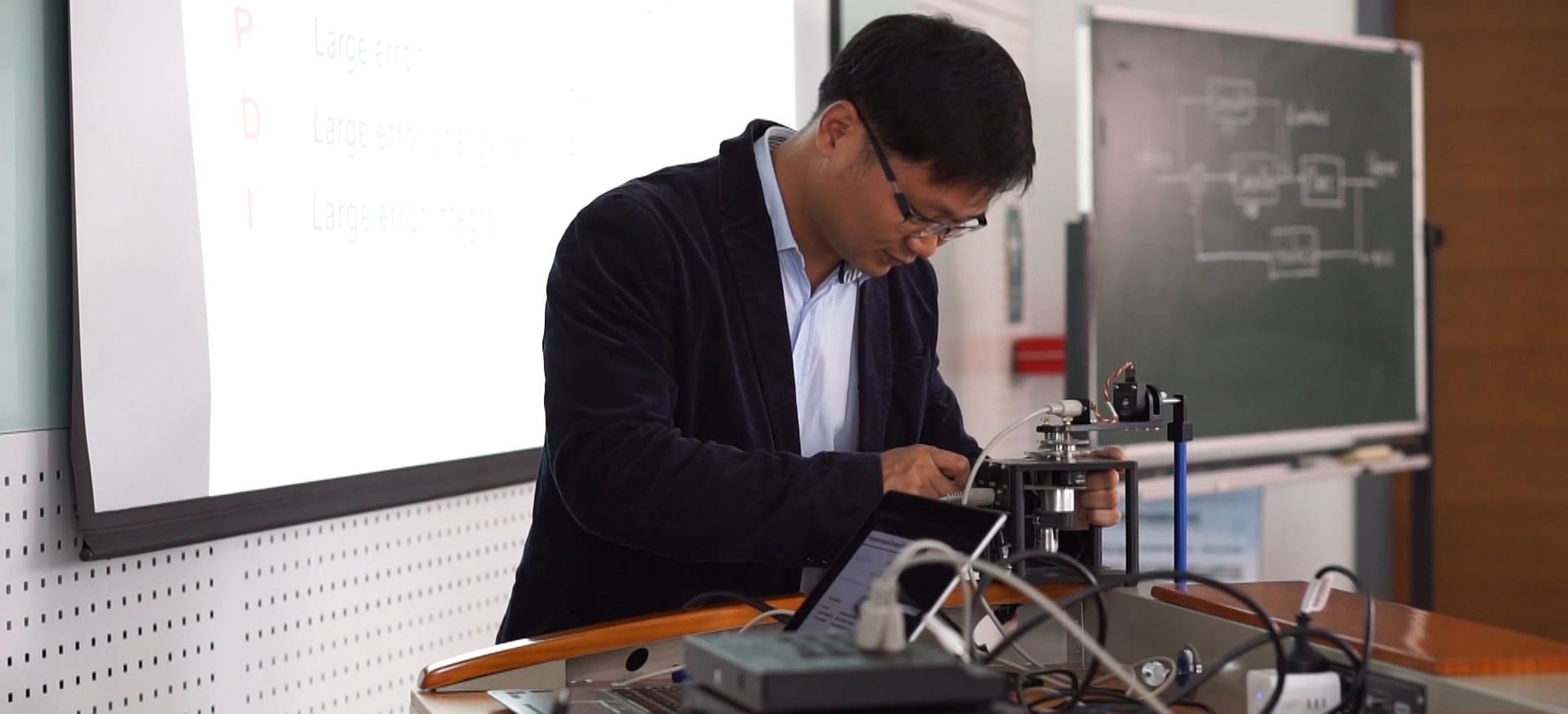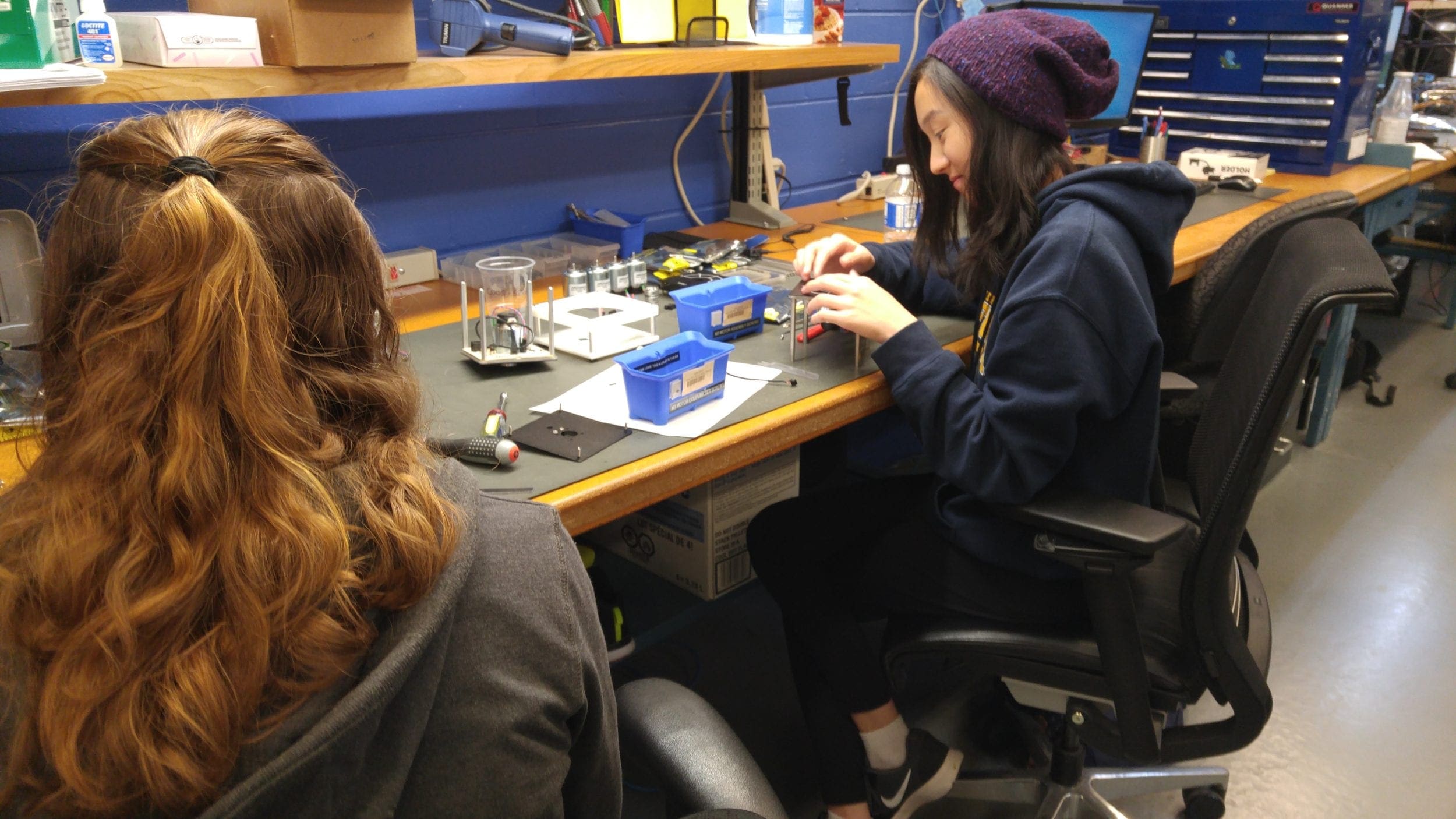
There was a time when electronics and computers were cutting edge. Integrated circuits were only in the most high-end products, and the idea of having a computer of your very own was a futurist dream. In those days electrical and computer engineering was the incubator for the technologies of the future.
Those days are behind us. ICs are literally a dime a dozen, and the vast majority of us carry a hugely powerful computer around in our pockets and use it to browse the internet without a second thought. We take these things for granted. As our awe for modern electronics has waned, so has our reverence for the electrical or computer engineer. I have a theory for why this might be: ECE is always under the hood. When we (as consumers) look at a product, we want to be wowed by innovative industrial design, sleek materials, and flashy software interfaces. What we don’t want are exposed wires and bulky batteries. Much like the engine bay of modern vehicles, even when you open the hood, we hide the valves and pistons of our consumer devices under plastic covers and fancy baffles.
This is, I think, at the heart of the crisis that faces electrical and computer engineering educators in this age. Not only do students not see the complex electronic apparatus which underpin their way of life, they don’t want to see it. This means that it is our job as educators to change their minds. To lift up the hood and introduce students to the fantastic mechanisms behind an everyday act like checking your email on your phone.
Taking that example we could, for instance, trace the power that runs your phone back through the DC power supply to the internal battery. Then continue through the battery charging circuitry and the rectifying power supply to the wall plug where AC power is reliably supplied 24 hours a day. This power could be followed back through residential transformers over high voltage lines to a massive spinning generator in a power plant halfway across the country. Every step of this journey is amazing, and it’s all ECE.
Alternately we could follow the data on your screen. First, back through the LCD controller to the phone’s RAM. Then we would travel through the 802.11a/c radio to the wireless router, and via modem to an ISP data center. Finally, over fiber-optic cables and satellite links all the way back to the email server where it originated. Again, ECE all the way down.
This is all frankly amazing stuff. The fact that you can buy an LED light bulb that screws into an AC socket which hasn’t changed since 1909 blows my mind, but it took years of working in electronic design before I really appreciated how cool that was. That was far too late. So I propose we do what they do at classic car shows, we need to make what’s under the hood sexy again. There is ECE inside everything these days, and the key is teaching students to be curious about how these things work and to have a sense of wonder about what’s inside their phones and behind the plugs in their walls.
How do we do that? Stay tuned… that’s a whole different blog post.



